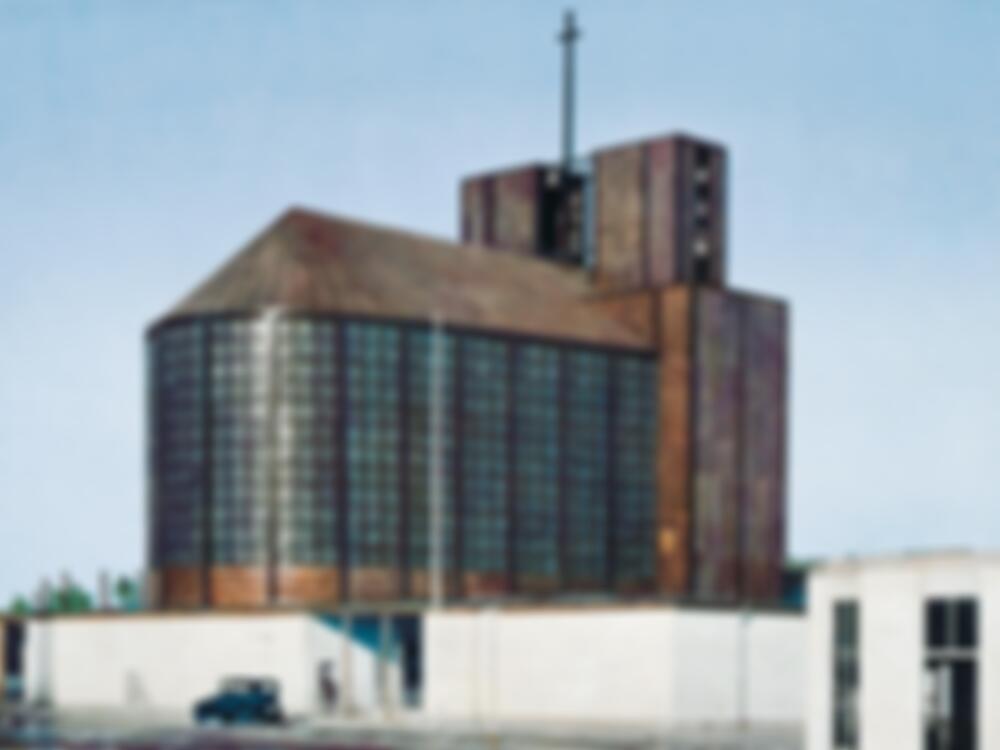The Academy of Arts in the Hansa district of Berlin is presenting the exhibition “Otto Bartning (1883 –1959). Architect of Social Modernism” until 18 June. It is the first comprehensive retrospective to document the wide-ranging work of this German architect. Bart-ning, who is known especially for his church buildings, also had a formative influence on the Neues Bauen movement in...
Report: Between Expressionism and Post-War Modernism – Otto Bartning
Issue
06/2017 Glass Construction
Source
DETAIL

© Hugo Schmölz/Otto-Bartning-Archiv TU Darmstadt

© Hugo Schmölz/Otto-Bartning-Archiv TU Darmstadt